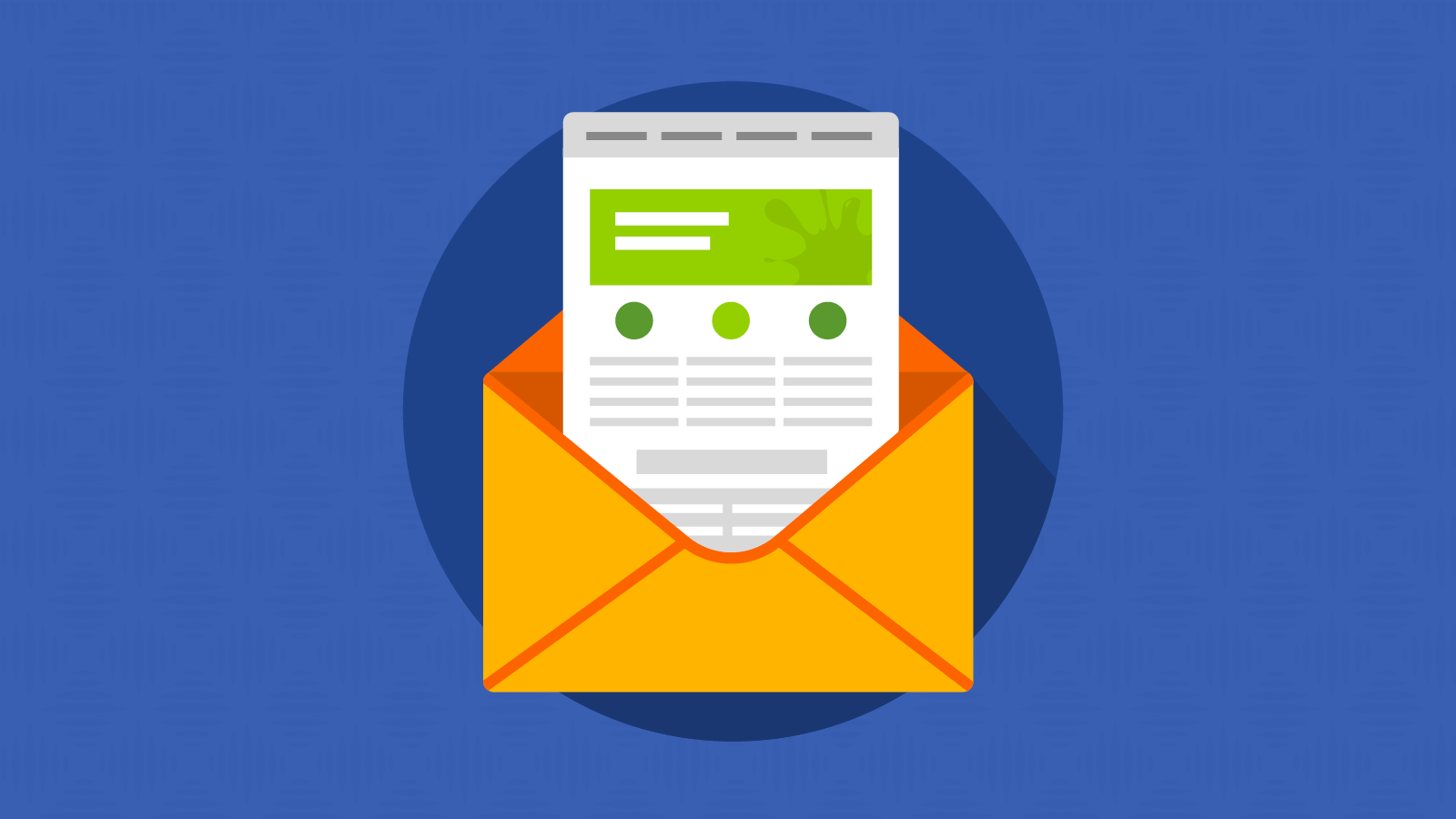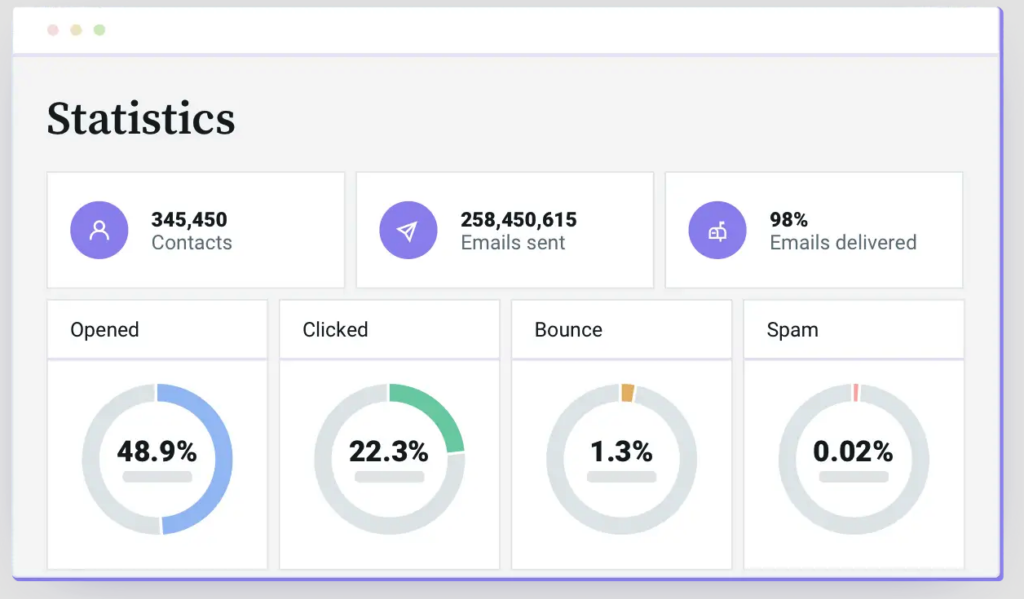Email Development
How to Build Engaging and Effective Internal Emails

Email Development

While email teams typically focus on email marketing campaigns, they may also be called upon to help with internal email communication. That could include everything from employee newsletters to human resources communications and special messages from leaders.
Employees are looking to their employers for information, and your business emails represent a crucial link between them and the organization.
This doesn’t mean you shouldn’t spend time designing your internal emails. After all, your email has only seconds to make an impression on your employees. Great email design entices your readers and enhances the content of the email.
In this article, we’ll go over the basics of internal emails, leave you with seven best practices, and highlight how Email on Acid can streamline your internal email workflow.
Not all internal emails are created equal. But before we dive into internal email best practices, let’s break down the different types of internal emails. To streamline your internal email creation process, you can create an email template for each type of internal email:
Send newsletters on a regular basis – whether quarterly or monthly – to share updates, goals you’ve reached, new initiatives, milestones, insight into the following month or quarter, upcoming events, or policy changes with your entire organization. Since newsletters are a regular form of communication, you can also use this space for employee recognition and to promote best practices.
Use alerts as a more one-off type of email than a newsletter. While newsletters are a good place for company updates, alert emails are a great place to highlight urgent news. If there’s a bug in production, an alert could be a great way to put a bandaid on the matter internally and lay out a path forward for your teams. Different types of alerts include safety alerts, IT problems, and security issues.
Keep your employees posted on upcoming events. These can be one-off emails interspersed between monthly or quarterly newsletter emails.
Change is never easy, so you want to take extra care in crafting internal change emails to keep your employees up to date and to soften the news. You should send out an internal change email if your company is doing a re-org, creating a new team, or experiencing changes in management. Start by laying out the change and include a Call-to-Action (CTA) for how your employees should proceed.
You’ve been tasked with helping your HR team or management to send out internal emails. But why are they important? Think of internal email messages as a game plan that HR or management wants to share for all the employees and a way to align goals and expectations across your company. Here are some benefits of sending out regularly scheduled internal emails:
If you keep these in mind while designing and writing internal emails for your brand, you can help your employers affect positive growth in your business.
While not everything might be pretty under the hood, the more an employer can share with their employees, the more likely that employees are to trust the brand. As an email marketer, you can chip in by sending out an appropriate internal email. Help HR and management boost morale and quality of work by promoting your brand integrity.
That’s right: on top of being transparent and keeping employees up to date, internal emails are a great way to encourage staff engagement. Help your company keep employees aligned to the same goals and expectations across different teams with different metrics.
Check out the following engagement methods:
You can use these tactics in internal emails for HR or management teams.
Help your brand use regular, scheduled internal emails to create a regular form of scheduled communication across the company. Employees will come to expect newsletters at certain points in time and start to value email as a form of internal communication. This makes them more likely to engage with other internal emails, like event updates and alerts.
To produce the best internal emails for employees, adapt the following advice to your internal brand guidelines and the sensibilities of your employees. While there’s no magic formula to creating highly engaging emails, these best practices are a great starting point to enhance your email content.
An enticing email subject line gets employees interested in the email’s information. There are several reasons for choosing shorter subject lines over lengthier ones:
Personalize your emails by featuring your recipient’s full name in the subject line and body copy. Grab their attention before they even open your email. If there’s no incentive for employees to open your emails, you might as well not send out an email in the first place.
Building visually-appealing internal emails for Microsoft Outlook or Gmail can seem daunting, but the payoff is more than worth it.
Using a well-designed infographic or short video instead of text can save space and make your message appealing. Multimedia can communicate complex information where words fall flat.
Email editors like Email on Acid allow you to customize your emails with code. Their editor will give you real-time code changes that save you time and help you streamline your email production process.
If you’re not great at coding, Sinch Mailjet’s drag-and-drop email builder is an easy and intuitive way to create internal emails. There are even templates for email newsletters.
There’s no worse feeling than crafting a well-designed email and then experiencing sending errors. Broken images, crazy hyperlinks, and incorrect merge tags are just some of the many issues one can encounter when sending HTML emails. Remember to take accessibility and responsive development into account when creating content.
With tools like our Email Previews as well as Spell Check, you can ensure your emails are typo-free and render well on major clients and devices before you send them out to the entire company.

Checking your emails before you send them helps you catch text-based errors. Email on Acid’s URL Validation tool makes it easy to catch any link issues before hitting send.
It’s always a good idea to consider what your employees think about your emails; after all, they’re the ones who are reading them! You can collect data about your employees’ email preferences – both qualitative and quantitative – using your internal communications.
Gather in-depth information on how your employees engage with your emails. Improve your understanding of your audience by using email engagement analytics, heat mapping, and comprehensive email user breakdowns.
Both Email on Acid and Sinch Mailjet offer email analytics to help you measure the performance of your internal company emails with valuable stats.

However, quantitative tracking only reveals a portion of your true email engagement situation. Give your employees the ability to respond to surveys, leave anonymous feedback and emoji reactions, and RSVP to events.
Email tracking helps you pin down your best content and quantify the success of your internal emails to stakeholders.
Whether you’re building an email for 500 employees or 50,000 employees, you need your content to look and perform its best.
Adhering to these best practices will help your internal comms resonate with your audience and help you create better emails moving forward.
Talk about a win-win.
This article was updated on August 25, 2022. It was first published in March of 2021 and contains insights from our friends at ContactMonkey.